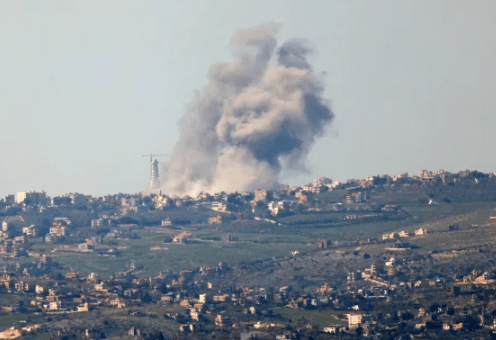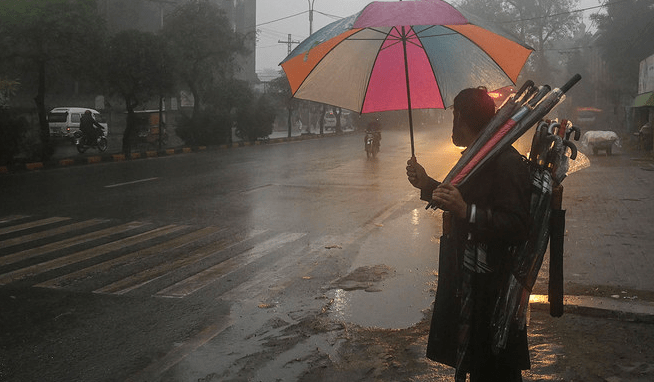Factbox: Iraq’s political turmoil and its energy sector

Iraqi Shi’ite cleric Moqtada al-Sadr speaks during a news conference in Najaf, Iraq, August 30, 2022. Sadr office/Handout via REUTERS
DUBAI, Aug 31 (Reuters) – Baghdad saw its worst fighting for years this week as rival Shi’ite Muslim groups battled in the capital after powerful cleric Moqtada al-Sadr announced he was leaving politics.
The violence cooled after Sadr ordered his followers on Tuesday to end their protests in central Baghdad. read more
The clashes followed 10 months of political deadlock since parliamentary elections and President Barham Salih has warned that the crisis is not over, calling for early elections.
Register now for FREE unlimited access to Reuters.com Register
OPEC’s second largest producer pumped around 4.5 million barrels per day (bpd) and exported around 3.7 million bpd in July according to state-owned marketer SOMO.
Iraq’s oil exports have been unaffected so far but its oil facilities have been hit by unrest in the past.
Here are some of the main examples:
– In 2017 worsening clashes among tribes in Iraq’s main southern oil producing region threatened security at oil installations. The region had been overlooked as Iraqi security forces focused on retaking territory in the north and west lost to the Sunni extremist group Islamic State in 2014.
The crumbling oil hub of Basra and other parts of the Shi’ite heartland south have long been neglected, both by Sunni dictator Saddam Hussein and Shi’ite-led governments after him.
Fighting with machine guns and mortars between Shi’ite Muslim tribes over farmland, state construction contracts and land ownership came close to the key West Qurna 1, West Qurna 2 and Majnoon oilfields at the time.
– In July 2018, Iraqi protesters demonstrated outside major oilfields in the southern oil hub of Basra demanding more jobs and basic services.
The protests spread near the Zubair oilfield run by Italy’s Eni, Rumaila developed by BP and the giant West Qurna 2 run by Russia’s Lukoil.
Demonstrations escalated after police opened fire to disperse a gathering in front of West Qurna 2, killing one person.
Protesters also gathered that month at the main entrance of the Siba natural gas field run by Kuwait Energy PLC.
– In September of the same year protesters entered a water treatment facility linked to West Qurna 2 and held two Iraqi employees hostage. The protesters peacefully left the facility and released the hostages after holding it for about an hour.
– In November 2019, protesters blocked the entrance to the Nassiriya oil refinery in the south. The blockade caused fuel shortages across the southern province of Dhi Qar, with many petrol stations running dry.
– In December 2019 protesters broke into the Nassiriya oifield, which produces around 80,000-85,000 barrels of oil per day, and forced employees to cut off electricity from its control station, taking it offline. Operations resumed almost six days later.
– In February 2022 Iraq halted around 80,000 bpd of oil production and exports from Nassiriya oil field due to worker safety concerns after university graduates engaged in violent protests in the Dhi Qar province to demand jobs.
Register now for FREE unlimited access to Reuters.com Register
Reporting By Maha El Dahan; editing by Philippa Fletcher
Our Standards: The Thomson Reuters Trust Principles.





